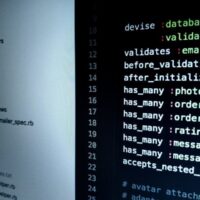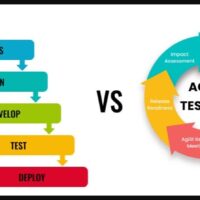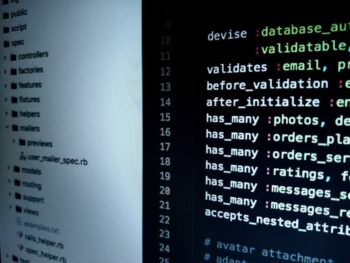
In a world where technology becomes more accessible every day, programming skills are gradually stepping beyond professional circles and becoming part of everyday life. But not everyone is ready to spend months mastering the syntax of languages like C++ or Python. This is where visual programming comes in — a way to create application logic, games, and even industrial systems without having to write lines of code manually.
Visual programming is based on the use of blocks, nodes, or graphs that the user connects to build the behavior structure of a program. This approach has long found its place in game design, automation, and even web development. Today, it has become an indispensable tool for both beginners and seasoned professionals who need to quickly prototype or visualize algorithms.
Interestingly, methods of visual programming have found applications not only in education and engineering but also in the field of online entertainment. For instance, some game engines — including casino platforms with visual slots or live games — use elements of visual construction to set up gameplay, animations, and user scenarios. This simplifies testing and allows new gaming formats to reach the market faster.
Unreal Engine Blueprints: Game Language Without Code
One of the most prominent examples of visual programming in the gaming industry is Unreal Engine Blueprints. This system allows developers to create interactive scenes, character logic, and entire levels without writing code in C++. With the help of visual nodes, you can define object behavior, event handling, state transitions, and even complex mathematics.
Blueprints have become a real find not only for indie developers but also for large game studios that need to establish a rapid prototyping workflow. Many modern games with stunning graphics and complex physics started with Blueprints. It allows designers to participate in the programming process without leaving the visual editing environment.
This approach is especially important for projects that require flexibility and frequent changes — such as interactive shows, VR applications, or even an online casino using Unreal-based engines to create a unique gaming experience. Through visual scripting, animations for winnings, special effects, and even algorithms for random number generation with visual feedback are developed.
Node-RED: Visual Automation in IoT Style
If Unreal Blueprints are about entertainment and 3D, Node-RED is a powerful tool for automation in industrial and domestic environments. Developed by IBM and based on JavaScript, Node-RED allows users to connect devices, APIs, and online services using a flow-based visual scheme.
The platform is widely used in Internet of Things (IoT) projects where multiple sensors, web services, and controllers need to be integrated into a single system. Users can control a smart home, collect energy consumption data, or link cloud services with local devices — all without writing a single line of code.
Node-RED’s popularity is due in part to the fact that it works in a browser and does not require complex installation. It can run on inexpensive devices like Raspberry Pi, making it especially convenient for hobbyists and small businesses.
Interestingly, visual approaches similar to Node-RED are increasingly being adopted in the online platform sector. Some companies offering digital entertainment are introducing such tools to monitor user activity, adapt content in real-time, or personalize interfaces.
Why Visual Programming Is Not Just for Beginners
There’s a common belief that visual programming is only for beginners or students. However, in practice, it proves to be valuable for professionals as well. Visual environments allow for rapid identification of logic errors, simplify collaboration between designers and developers, and provide visual clarity often lacking in text-based code.
Moreover, visual editors are becoming more flexible and powerful. They allow users to create custom blocks, integrate with external APIs, and add scripts in JavaScript or Python. This makes them full-fledged development environments rather than mere educational tools.
This is particularly relevant in the digital creative sphere, where decision-making speed is critical. Visual editors are frequently used for creating presentations, video content, web animations, and even certain forms of interactive advertising.
Conclusion: The Future Lies in Hybrid Approaches
Visual programming has already changed the way we interact with technology. It opens the door to creating programs and systems for those who once hesitated to approach coding at all. From gaming platforms to automation systems — wherever speed, intuitiveness, and visual control are essential, such approaches become indispensable.
Most likely, in the future, we will increasingly encounter hybrid environments where visual programming is combined with traditional coding. This will allow the best of both worlds: the power of textual programming and the clarity of visual logic. Whether it’s a gaming platform, an online casino site, or a smart home system — visual interfaces have already become part of our digital everyday life.












